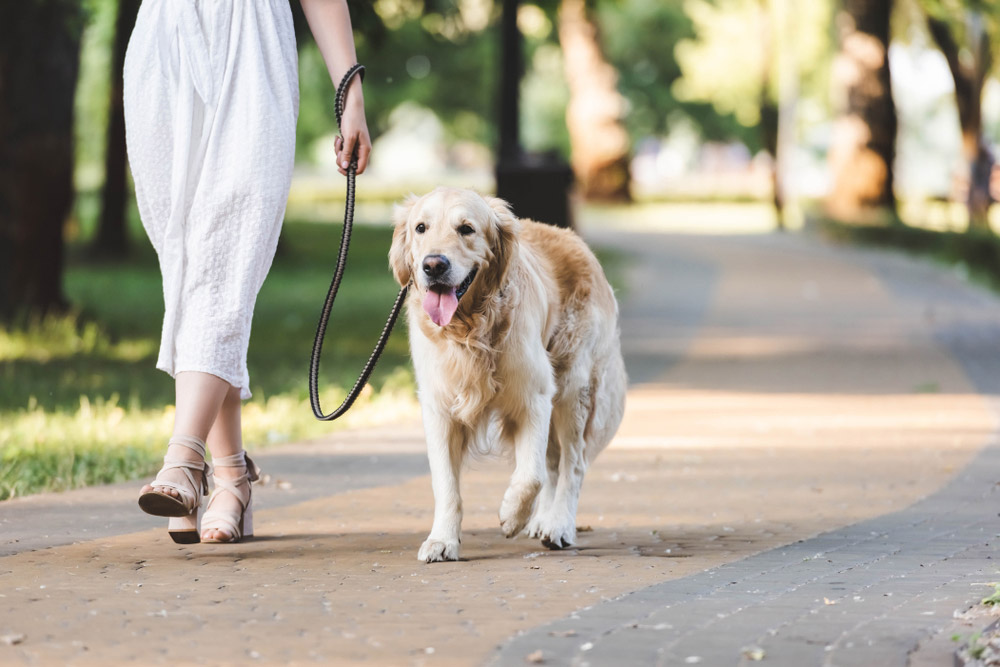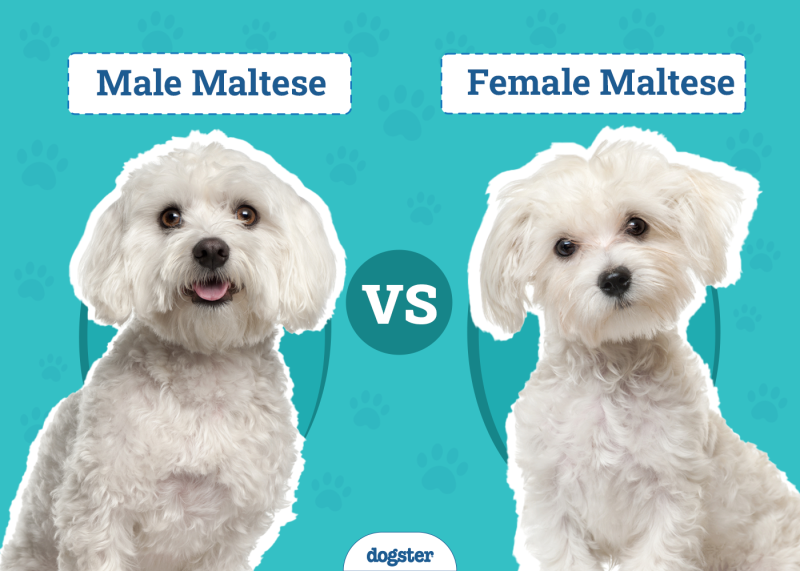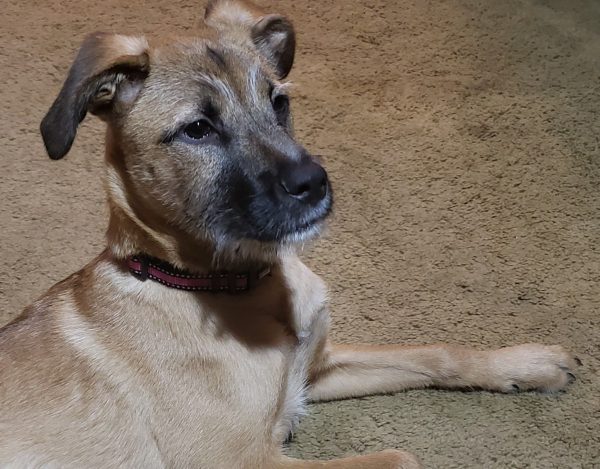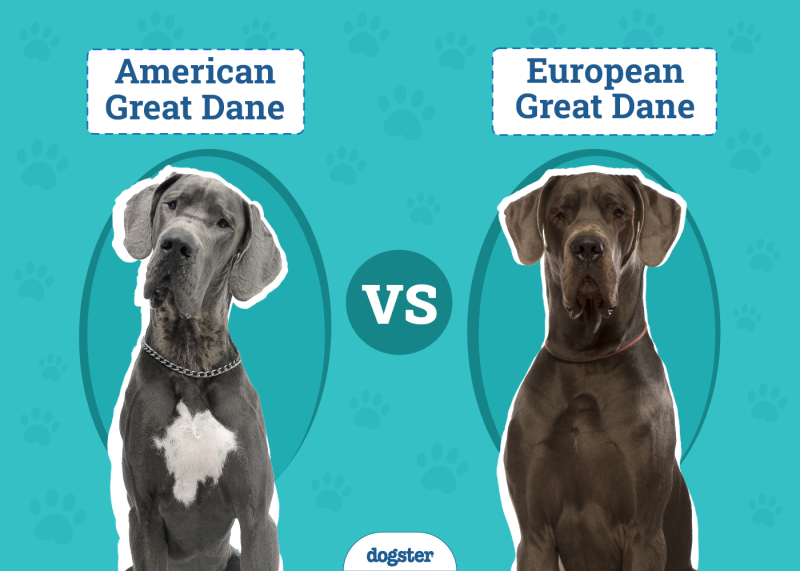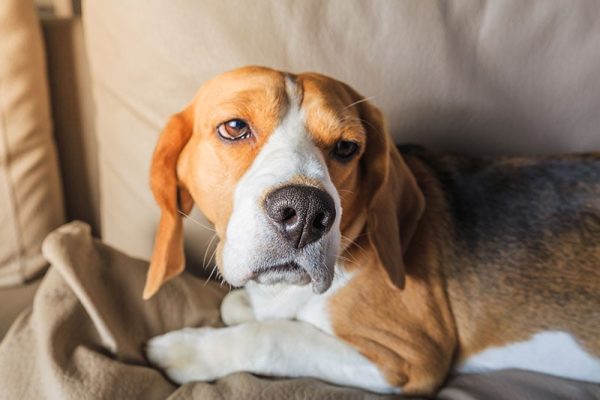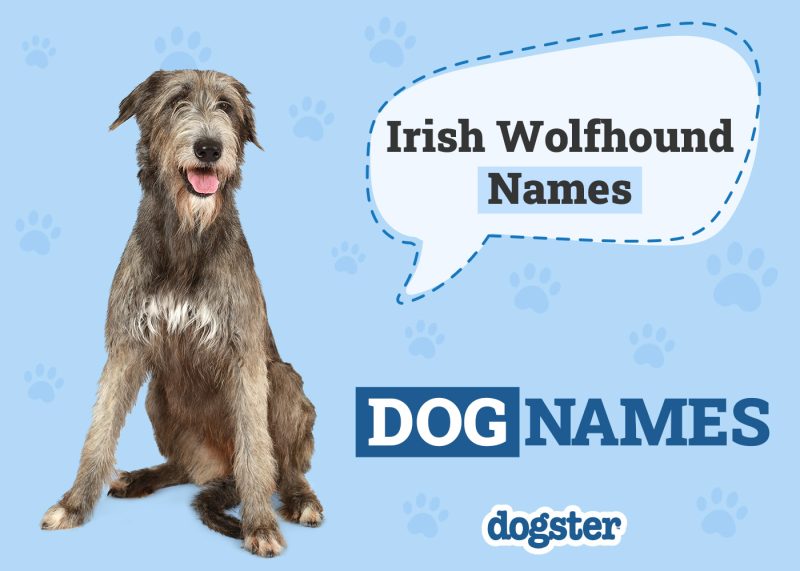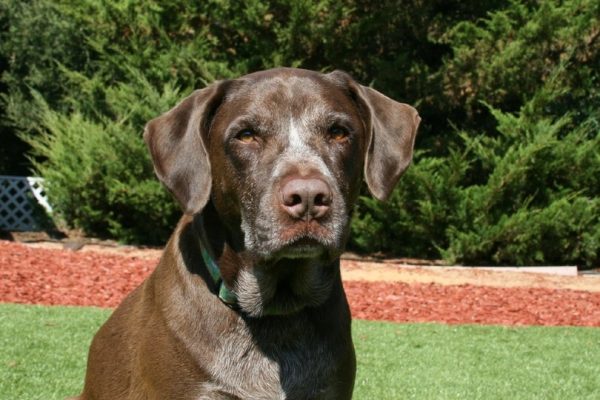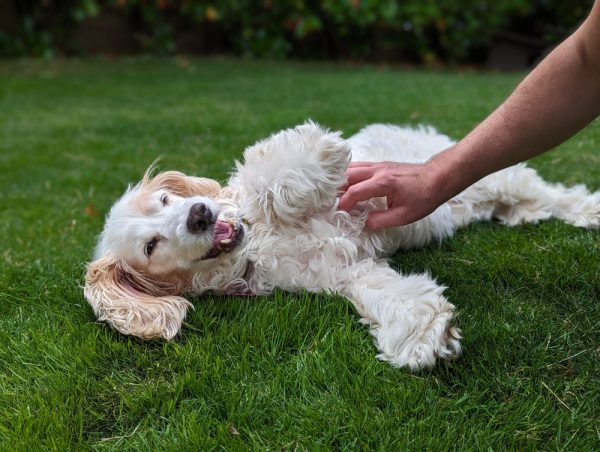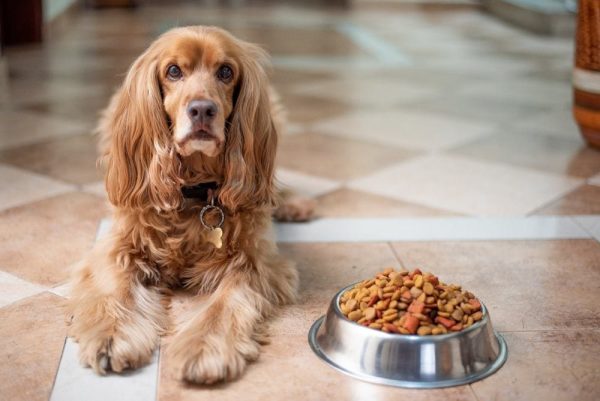In this article
View 2 More +Canines are considered humans’ best friends and for good reason. They like to bond with their human companions, they tend to be extremely loyal, and they’re always fun to spend time with. Some dogs are better suited as hunting companions, while others can make great family members.
There are also those that work as service dogs. While they can be awesome family companions and hunters too, with special training, they serve as calm, thoughtful, and alert assistants, and some breeds are better suited for the job than others.

How Is a Service Dog Classified?
According to the Americans with Disabilities Act,1 a service animal is a canine of any size or breed that is specially trained to perform a specific task for a person with a disability. Service dogs are not required by law to be certified or complete a professional training program of any kind. They are also not required to wear special vests or other types of identification to prove their service.
It’s worth noting that many people utilize dogs for emotional and other types of mental support, but emotional support dogs are not officially considered service animals because providing comfort is not a task related to a disability.

The 8 Best Service Dog Breeds
1. Labrador Retriever
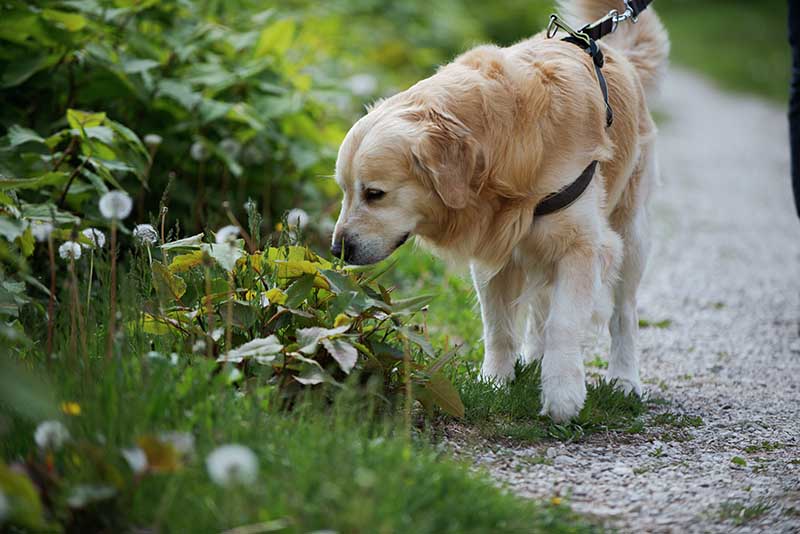
| Origin: | Newfoundland, Canada |
| Lifespan: | 10 to 14 years |
| Weight: | 65 to 70 pounds |
As one of the most popular service breeds, the Labrador Retriever is at the top of this list. These dogs are extremely intelligent, friendly and sociable, alert and attentive, and eager to please. They also tend to be fairly easy to train for specific tasks. Their athleticism and agility make them suitable for those who must spend a great deal of time traveling and/or in public.
2. Golden Retriever
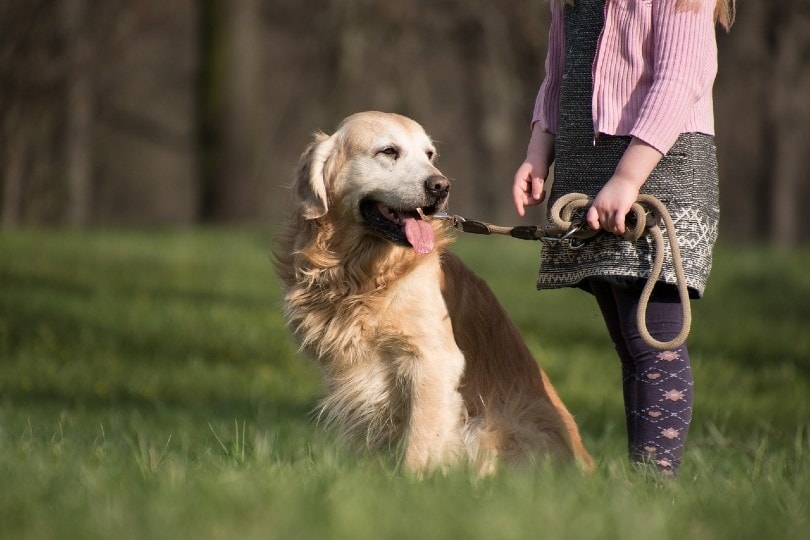
| Origin: | Scotland |
| Lifespan: | 10 to 12 years |
| Weight: | 55 to 70 pounds |
Golden Retrievers are “made from the same cloth” as Labrador Retrievers. They are highly smart, they listen to directions well, they are well-rounded, and they can be trained to perform various service tasks to support their human companions. This breed’s easy-going temperament makes them easy to live with and enjoyable to engage in activities.
3. Collie
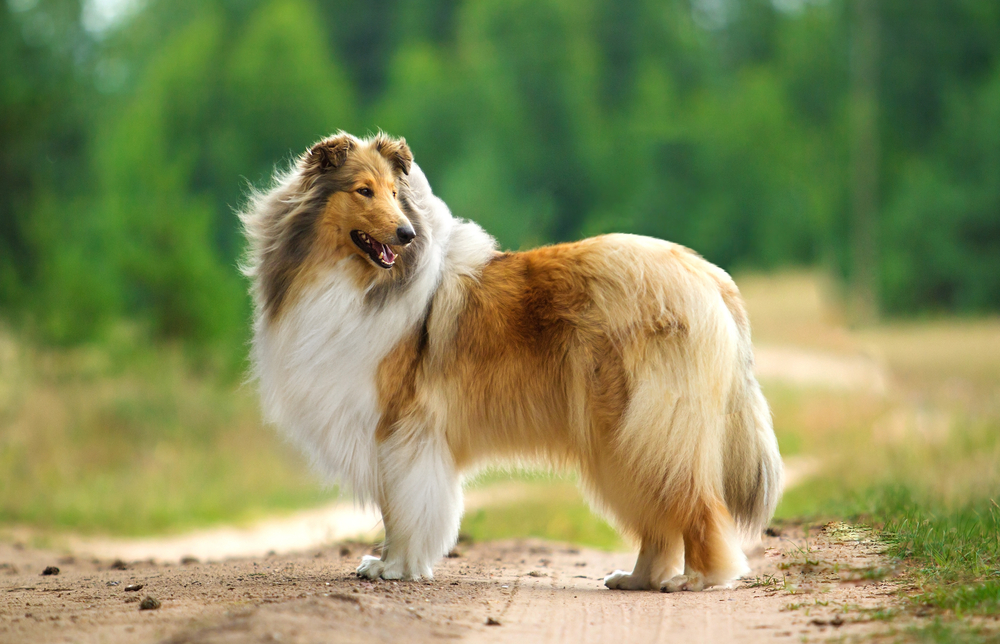
| Origin: | Scotland and Northern England |
| Lifespan: | 10 to 14 years |
| Weight: | 30 to 45 pounds |
The typical Collie is suitable as a service dog because they are smart, they take well to training, they get along with kids and other animals, and they maintain a peaceful demeanor no matter the situation. This breed is one of the most commonly used for seizure detection training partly due to their energy and motivation.
4. Pomeranian
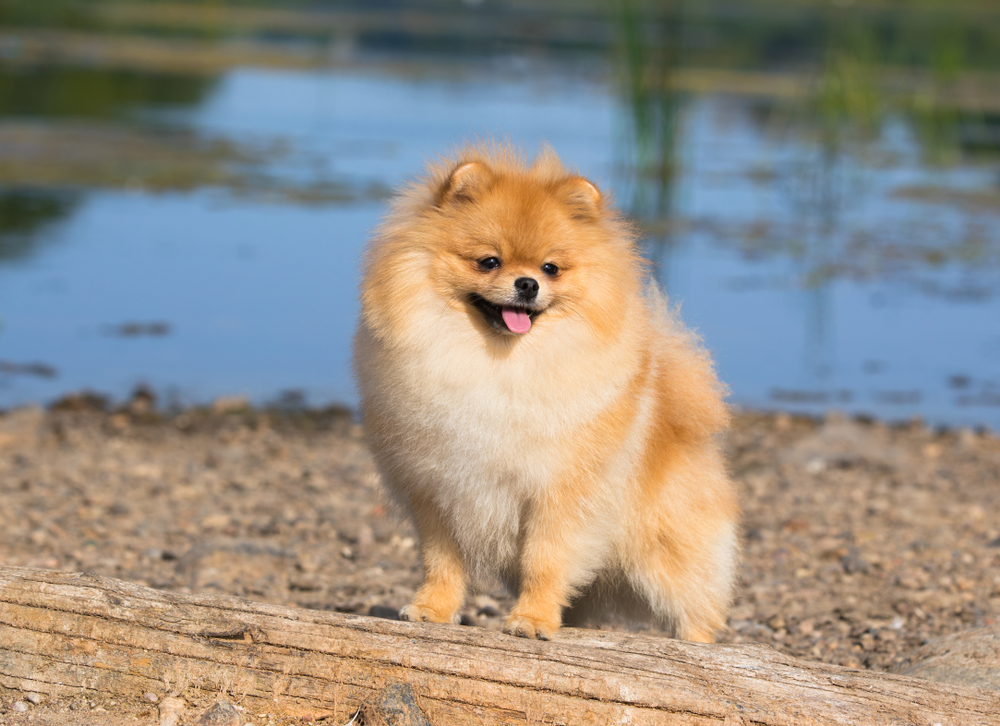
| Origin: | Northern Europe |
| Lifespan: | 12 to 16 years |
| Weight: | 3 to 7 pounds |
The Pomeranian is small and not that impressive when it comes to athleticism. However, they have many talents that plenty of larger breeds would be envious of. These dogs are known for being able to alert their companions when problems arise due to diabetes, asthma, and even Parkinson’s disease. They can also service companions with mental and hearing disabilities.
5. Great Dane
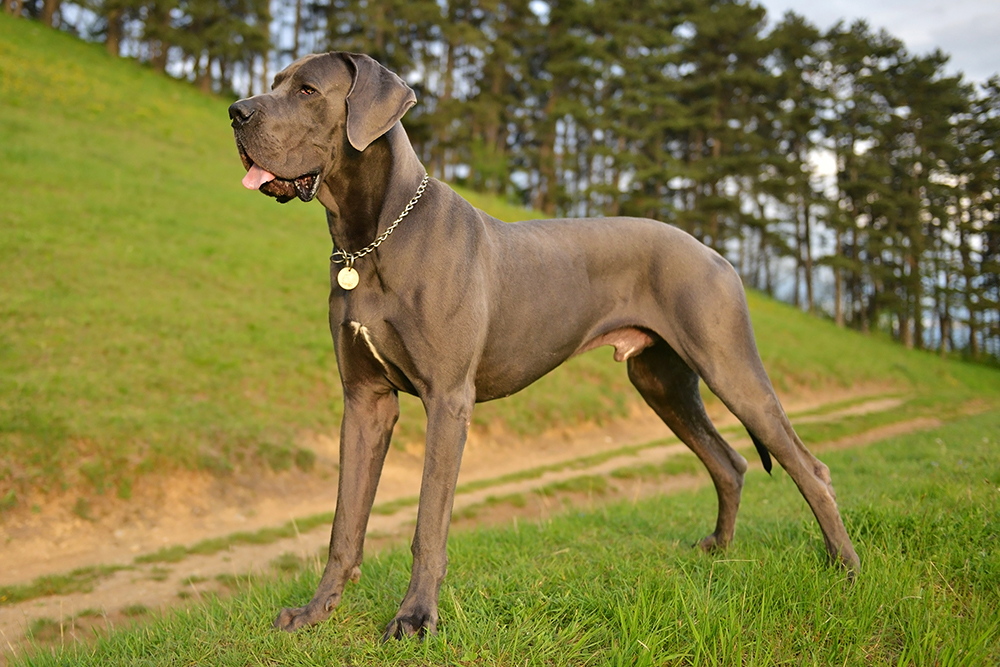
| Origin: | Germany |
| Lifespan: | 7 to 10 years |
| Weight: | 110 to 200 pounds |
Great Danes might seem too large to get around in public spaces as a service animal. However, it doesn’t matter how big the breed is because ADA law says that accommodations must be made for service animals, and Great Danes can make great ones. These agreeable dogs learn quickly and make fast friends wherever they go.
6. Poodle
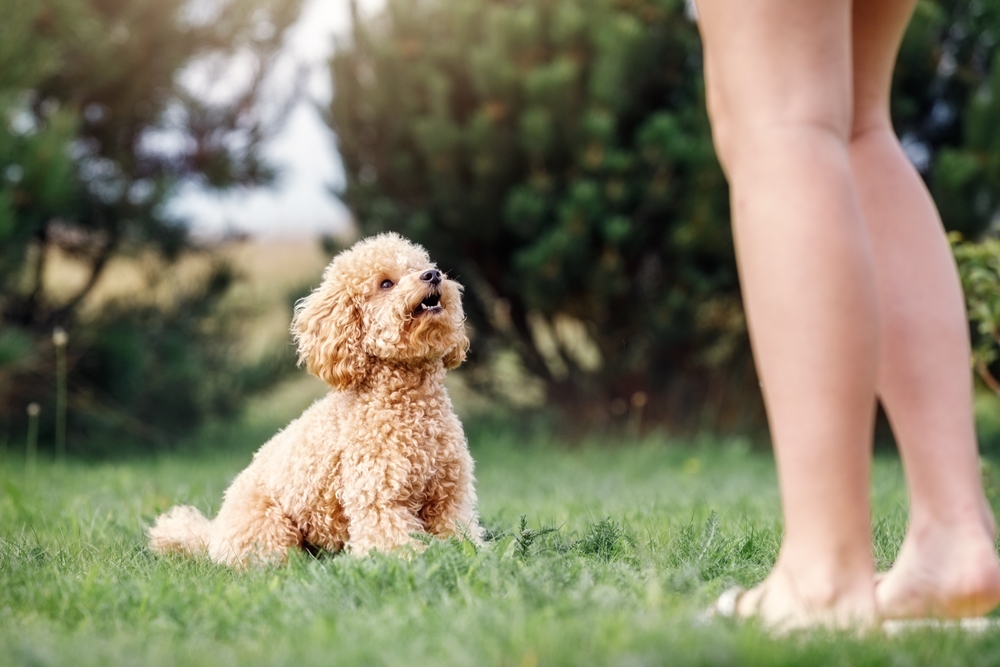
| Origin: | Germany |
| Lifespan: | 12 to 15 years |
| Weight: | 45 to 70 pounds |
No matter the Poodle size—standard, miniature, or toy—this breed is a cheerful one that’s smart enough to take on service training tasks and functions. Standard Poodles can assist with mobility tasks, while smaller Poodles can handle things like alerting of oncoming seizures. They also don’t shed much, which makes grooming and maintenance a breeze.
7. German Shepherd
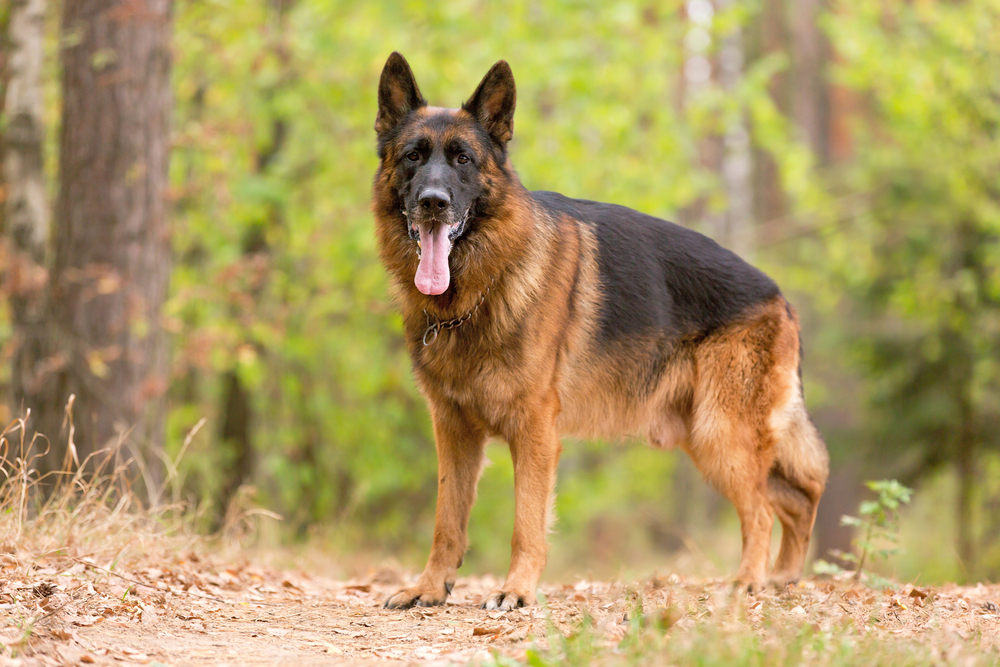
| Origin: | Germany |
| Lifespan: | 9 to 13 years |
| Weight: | 50 to 90 pounds |
German Shepherds make great watchdogs, but they also have a gentle and sociable side that can make them awesome at servicing those in need. In fact, a German Shepherd named Buddy was the first known seeing-eye dog to service a human companion. He started his training in 1928.
8. Bernese Mountain Dog
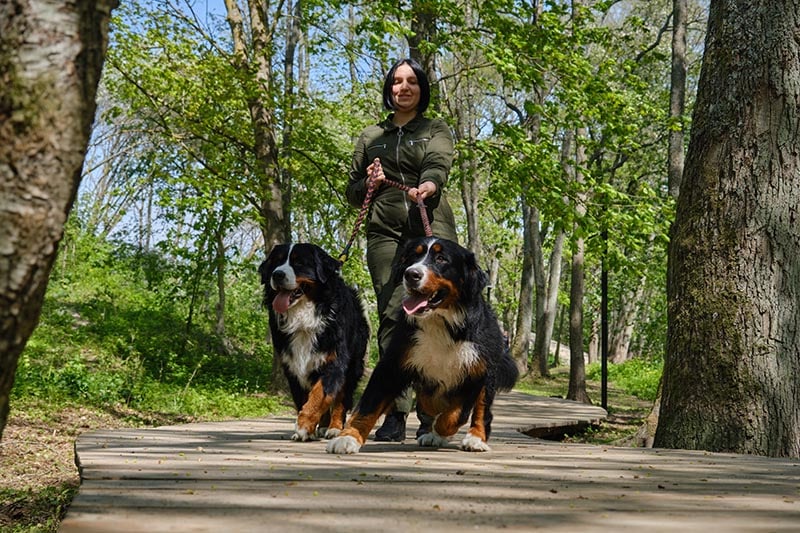
| Origin: | Switzerland |
| Lifespan: | 6 to 8 years |
| Weight: | 80 to 110 pounds |
Big and burly, the Bernese Mountain Dog is loyal and dedicated to the service that they’re trained to do. They’re big enough to help support the weight of mobility-challenged companions, and they can push or pull a wheelchair to get from one place to another if necessary.

Conclusion
Many breeds out there can make excellent service dogs, and the ones highlighted here are simply the most common and popular for one reason or another. No matter the size, age, or breed of dog, intentional training and practice are required to create a reliable and loyal service dog to turn to for day-to-day support.
Featured Image Credit: LightField Studios, Shutterstock
